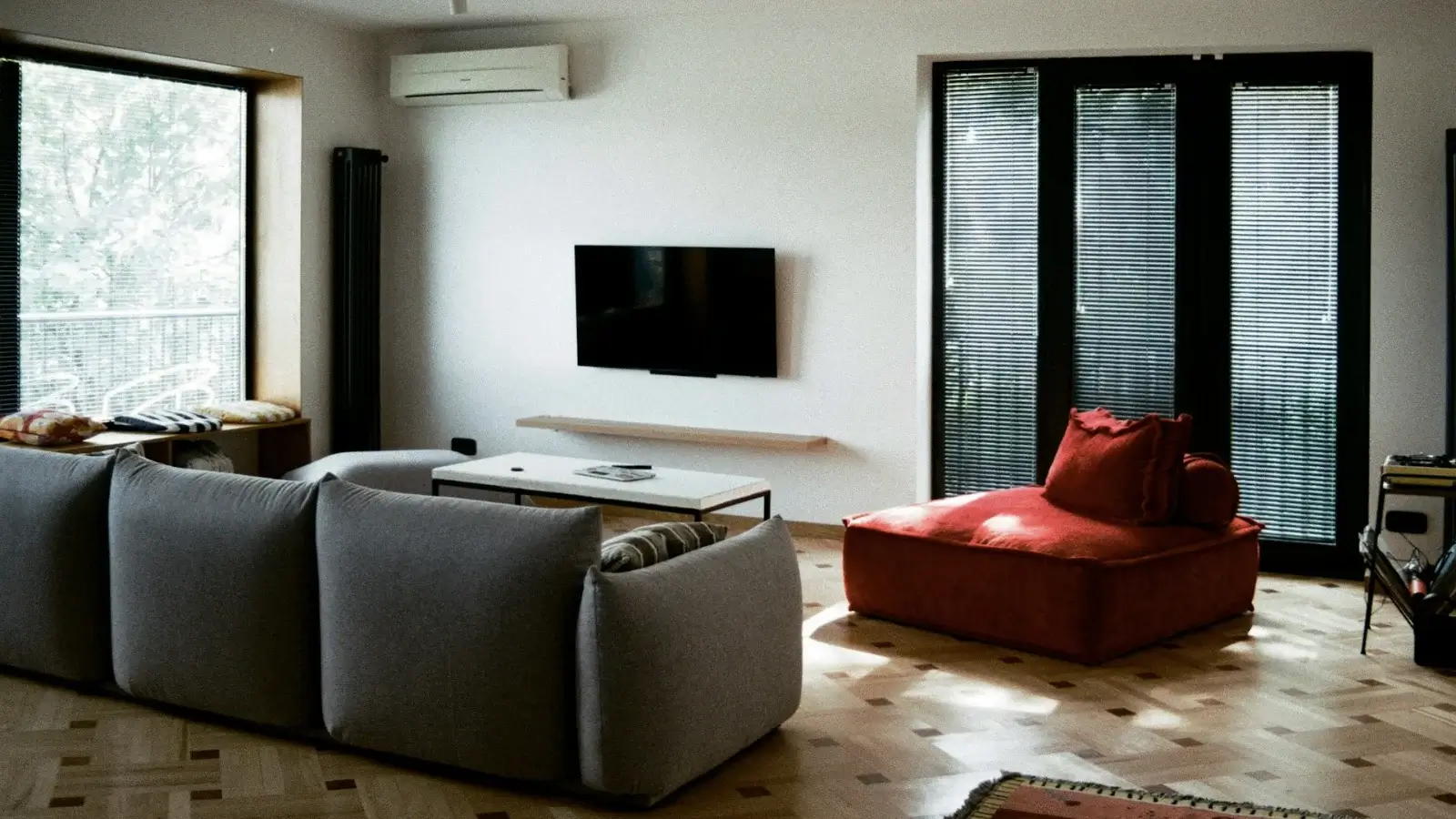


In the modern home, comfort isn’t requested—it’s expected. Climate responds without commands. Rooms cool down before we arrive and warm up before we notice the chill. This seamless experience is no longer a luxury—it’s the quiet work of HVAC home automation.
But the real story isn’t about thermostats or apps. It’s about how this shift is reshaping the way we live, sense, and respond—sometimes without us realizing it.
In homes without automation, people rely on their senses to prompt action—feeling cold means adjusting the heat, and noticing sweat prompts a fan. Now, those decisions are outsourced. Climate control has become silent and seamless, moving from active management to background behavior.
With the rise of programmable and adaptive systems, residents no longer second-guess the settings. They trust the system. This change in trust leads to a new behavior: releasing control. People no longer “check the heat” before leaving home—they simply go.
As the body cools at night to prepare for rest, temperature plays a powerful role. Automated systems now follow these biological cues, cooling bedrooms gradually in the evening, then warming them slightly at dawn. The result? Better sleep with fewer wake-ups.
Before automation, people woke up to adjust blankets, open windows, or fiddle with knobs. Today, their HVAC systems anticipate discomfort and correct it before it registers. Over time, this leads to deeper rest and less mental engagement with nighttime conditions.
For decades, adjusting the thermostat was part of morning or evening routines. Raise it in winter mornings. Lower it before bed. These small acts were rituals of control. HVAC home automation eliminates these moments—and with them, old routines fade.
Now, people build schedules around expected comfort, rather than adjusting comfort around their schedules. Mornings start warmer, evenings settle cooler, and weekend settings shift automatically. The result? New behavior loops that revolve around stability, not adjustment.
One of the most subtle effects of automated air systems is a numbing of environmental awareness. When the indoor temperature is always ideal, people gradually lose sensitivity to minor shifts. A 2-degree change might go unnoticed—even if it would’ve once prompted action.
This consistent indoor comfort reshapes how we experience the outside world. Many people feel more affected by heatwaves or chilly breezes because they’re used to finely tuned comfort. This creates what some call a “climate bubble”—a home-based sensory zone we rarely step out of.
Humans make thousands of decisions a day. Even small ones—like adjusting room temperature—add to cognitive load. HVAC automation removes these micro-decisions, freeing up mental space for more meaningful choices. Comfort becomes automatic, and time is quietly returned.
With fewer adjustments to make, people begin to rely on long-term preset schedules or climate modes. This hands-off approach results in behavioral rhythm: we expect the same conditions at the same times, and our bodies—and minds—adjust accordingly.
The connection between climate and memory is stronger than we think. People often associate certain spaces with the way they feel. A cozy study. A cool, quiet bedroom. When HVAC systems maintain these atmospheres daily, those emotional ties grow stronger.
Automation can even serve as a behavioral cue. For example, a cool afternoon setting may signal the body it's time to work, while warmer evening airflow hints at winding down. These automated patterns start acting as invisible signals, shaping routine without conscious recognition.
The true power of HVAC home automation isn’t in sensors or software. It’s in how these systems gently rewrite human patterns. We sleep more peacefully, feel less stress, and let go of control. We stop noticing what we used to feel. We expect comfort, and comfort arrives.
This isn’t just a convenience. It’s a transformation in how people live in—and relate to—their spaces. As automated climate control becomes more common, so too will these behavioral shifts. The home becomes a silent partner, not just a shelter.
People become less aware of temperature shifts, rely on pre-programmed comfort, and build habits around stability. The need to make manual adjustments disappears over time.
Yes. Smart climate systems align temperature settings with natural sleep patterns, reducing night-time discomfort and supporting more restful, uninterrupted sleep.
They can. Consistent, pleasant climate settings can enhance mood, reduce stress, and create emotionally anchored environments like “cozy” rooms or “energizing” spaces.
One potential drawback is over-dependence. If automation fails, people may feel more discomfort than they would’ve before, since their tolerance to environmental shifts can diminish.